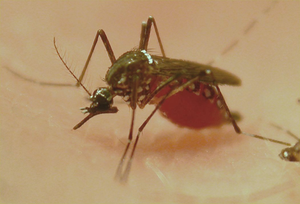
Do you know how malaria got its name and how the Panama Canal helped to reduce the dreaded disease? Originally thought to be caused by “bad (mal) air (aria),” the term was coined in Italy’s marshlands. Frenchman Alphonse Laveran pioneered health science on malaria. But the breakthrough came when British scientist Sir Ronald Ross, inspired by Laveran’s work, on August 20, 1897, in Secunderabad, India, determined the role of mosquitoes in transmitting the condition. Sir Ronald was so excited he wrote both a scientific article and a poem about the discovery, perhaps one of the first instances of poetry composed by a pioneering scientist. Ross’ work was followed by Americans in Havana, Cuba, to combat malaria and yellow fever; the effort was lead by Surgeon Major W.C. Gorgas, United States Army. In 1904, the Isthmian Canal Commission invited Gorgas to visit the construction site for the Panama Canal, an area prone to malaria, with a rainy season lasting nine months in a tropical environment. Gorgas reduced the percentage of malaria-infected canal workers from 9% in 1905 t0 5% in 1906, and finally to 1.6% in 1909. Working with Gorgas, Joseph Augustin LePrince, developed a larvacide mixture; Samel T. Darling introduced a daytime tent inspection program that was simple yet highly effective. The Panama Canal did not, unfortunately, eliminate malaria, but its integrated mosquito control program set a new model for public health. The Bill and Melinda Gates Foundation (http://www.gatesfoundation.org) and Partners in Health (www.pih.org/) are among today’s leaders in conquering malaria. How can public health be improved through large-scale efforts such as public works?

Building the World Blog by Kathleen Lusk Brooke and Zoe G Quinn is licensed under a Creative Commons Attribution-NonCommercial-NoDerivs 3.0 Unported License.
